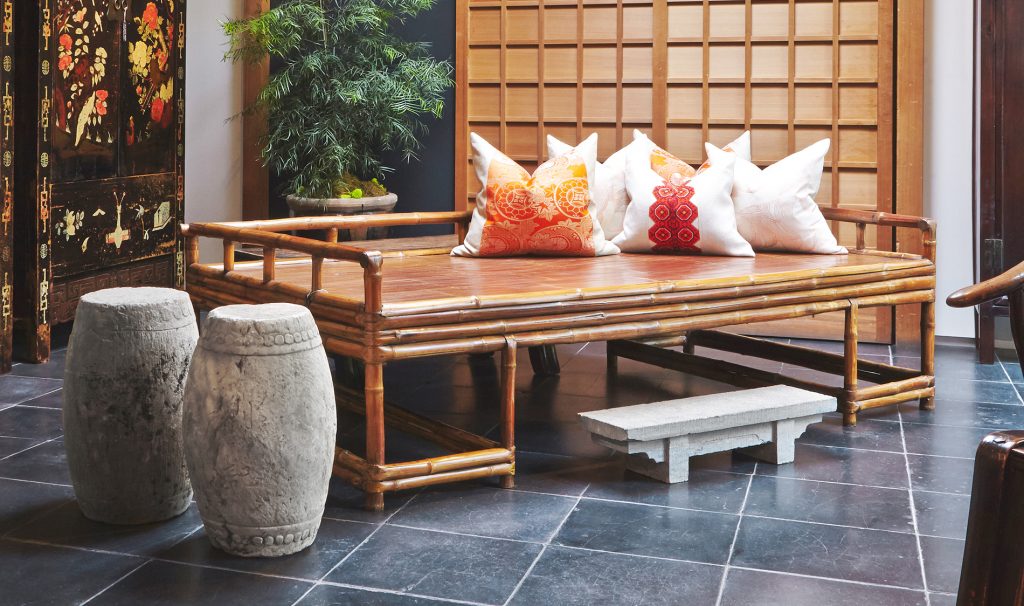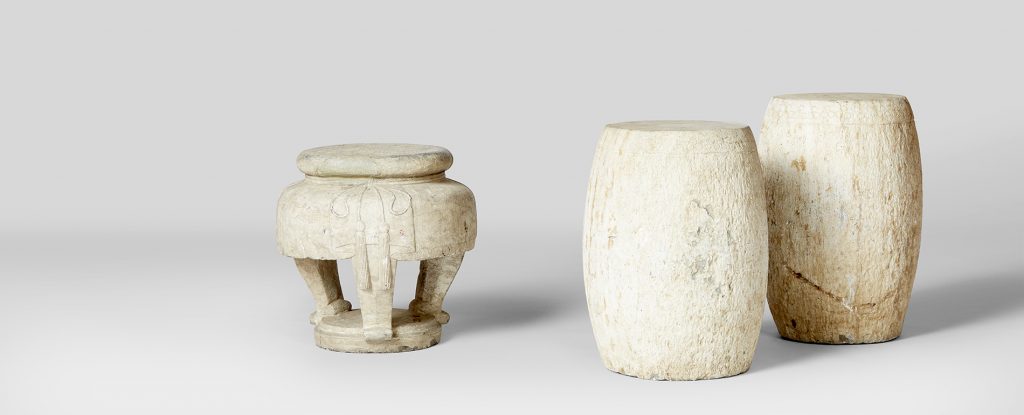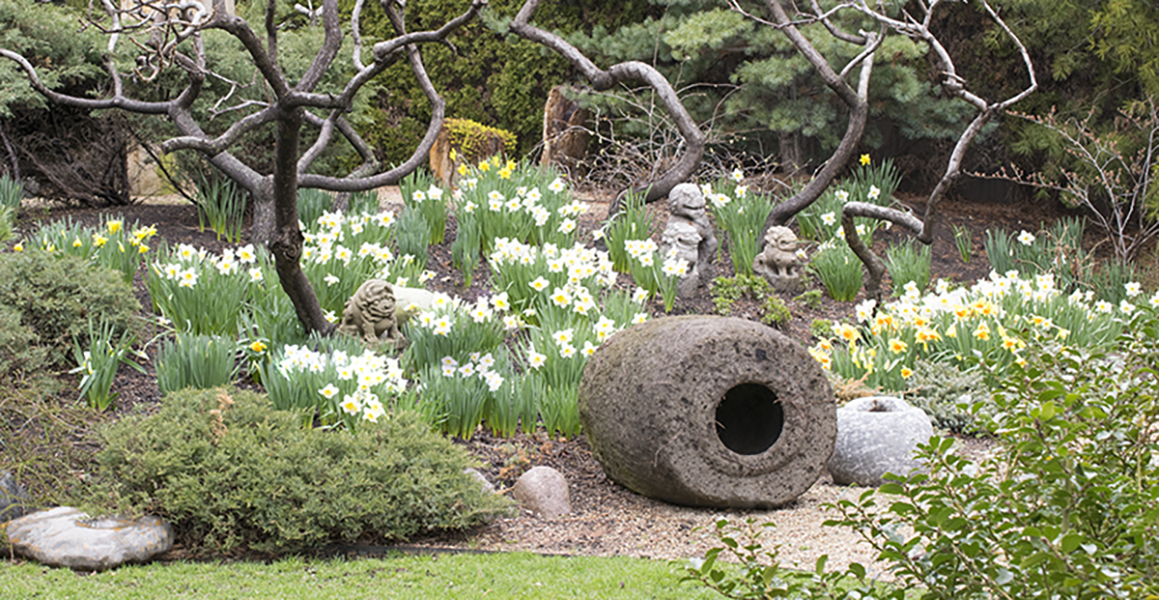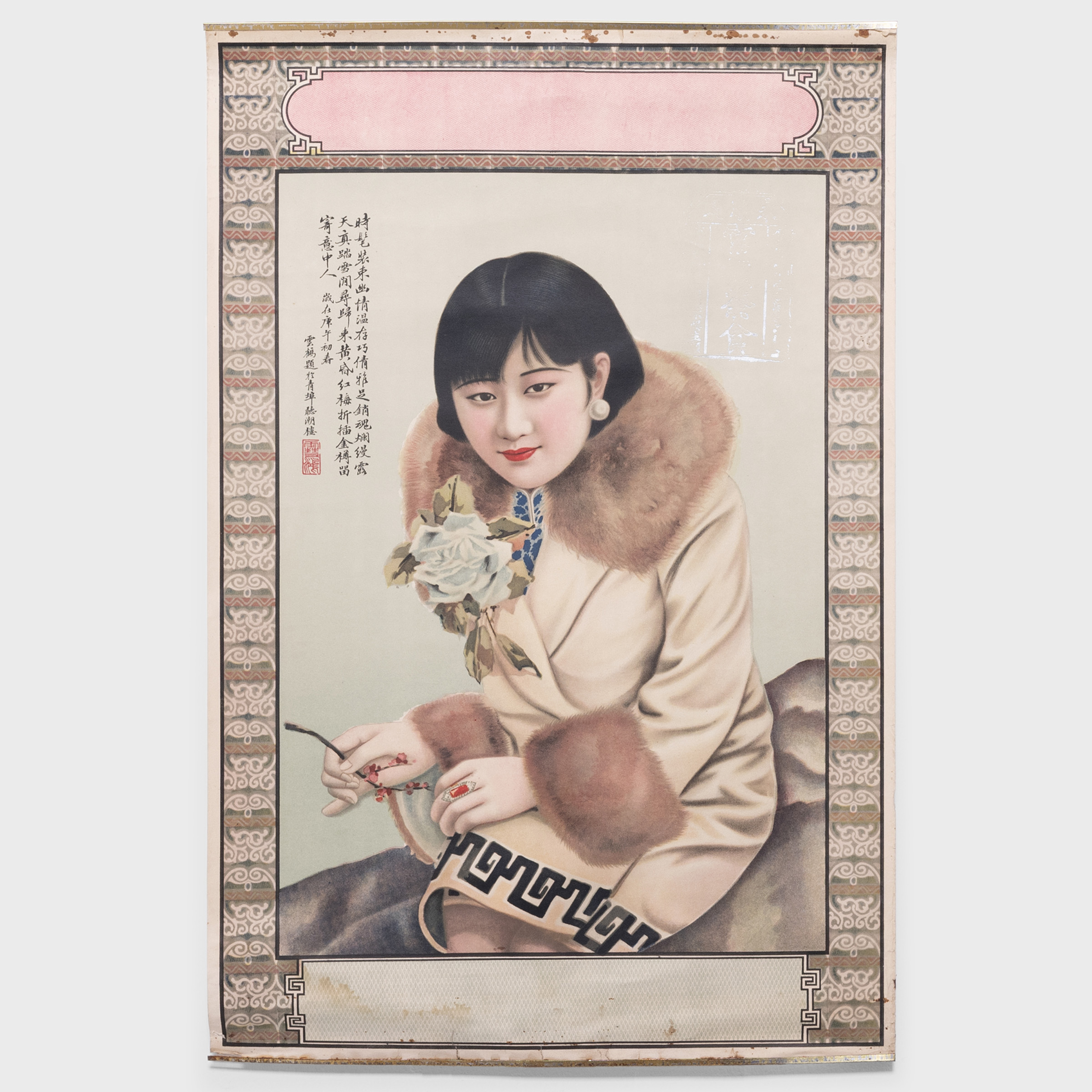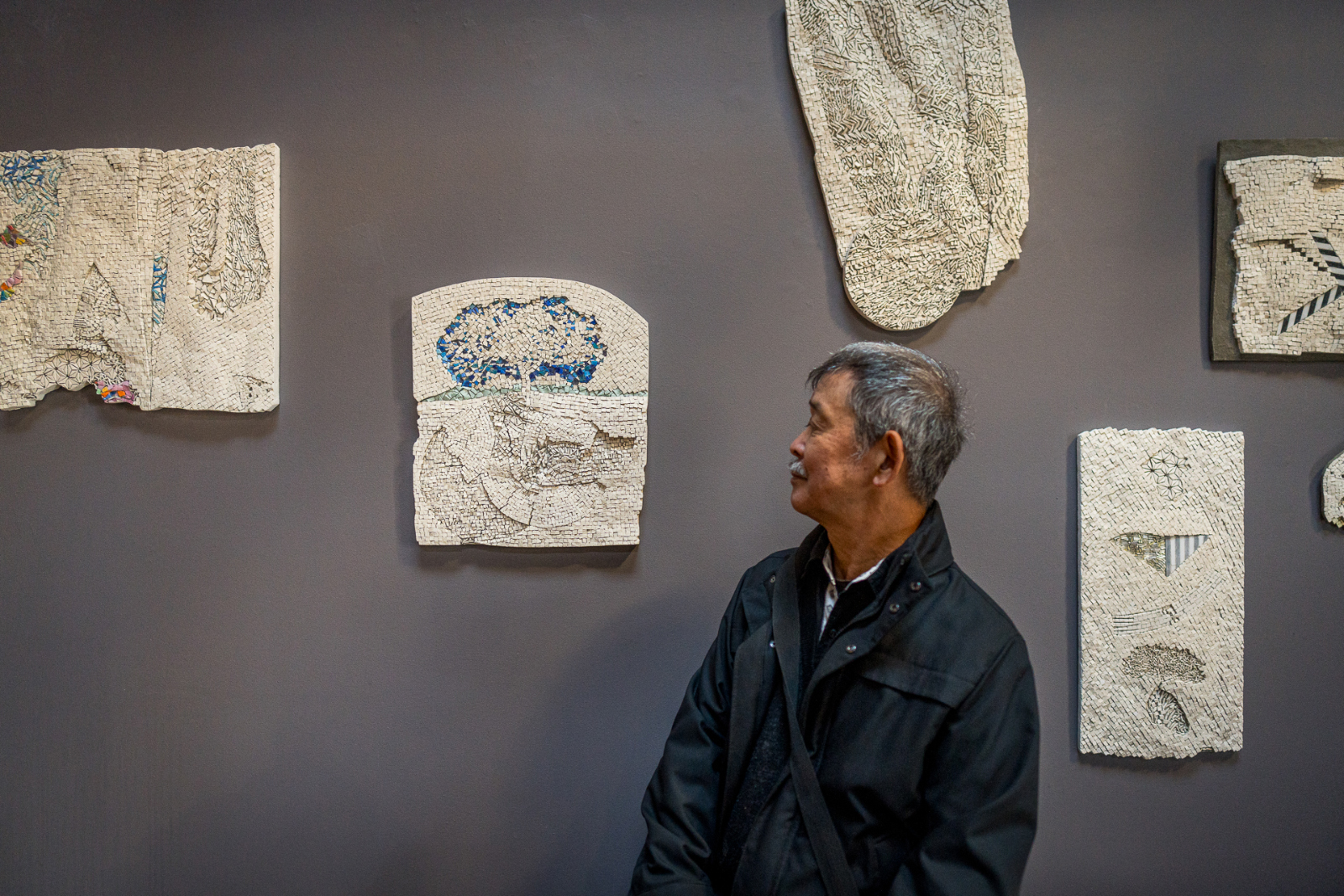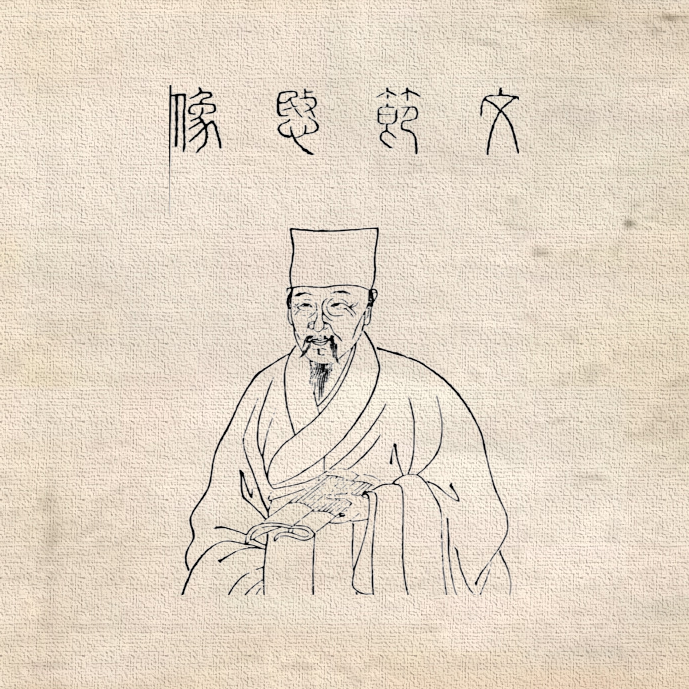
Wen Zhenheng: Ming Dynasty Minimalist
Wen Zhenheng was the Ming dynasty’s Anna Wintour. A scholar from the late Ming period, Wen documented his philosophy of home design nearly 400 years before the advent of Vogue or Architectural Digest. His Treatise on Superfluous Things remains one of the era’s most compelling glimpses into classic Chinese interior design.
Those who must exist amidst the bustle of market noise need have their studios and retreats quiet and peaceful, their pavilions broad and spacious in spirit, and their studies filled with an atmosphere of remote tranquility. They should be planted with various kinds of fine wood and curious bamboo and display precious objects, pictures, and calligraphy so that those who visit forget parting and those who wander their forget weariness.
-Wen Zhenheng, Ming Scholar, Painter & Garden Designer
Many scholars refer to the late Ming and early Qing dynasties (1550 – 1735) as “the golden age of classic Chinese furniture.” Aesthetic tastes tended towards simple, austere wooden furnishings. Ming homes and gardens reflected this sense of orderly restraint, a style that shares much in common with the Zen-inspired minimalism of the 20th century. Wen’s approach to interior design is sharp, insightful, and often funny. He is, by design, a gentleman of the highest order.
Space Planning
Although Wen Zhenheng acknowledges, “methods of arranging furniture are varied,” he advocates an ordered aesthetic based on the underlying structure of nature. Proper arrangements are determined by the room’s function, and décor should change from winter to summer. In hot weather, he recommends that lattices be removed from the windows and replaced with bamboo curtains. Each room, according to Wen, has its model in nature: bedrooms should avoid “the slightest touch of adornment” to be “appropriate for a hermit who supposedly sleeps with clouds and dreams of the moon.” In public spaces, “books and ceremonial wares should also be suitably arranged so that they create a scene resembling lofty clouds, firmania trees, and ancient rocks.”
Studies and Small Rooms
In small rooms, Ming interior design limited furniture placement to a few key pieces. Shelves and cabinets were used to “keep books and paintings in order” and to house “a small gilt Buddha,” but Wen Zhenheng advises that “there should not be too many [shelves]; otherwise, the room looks like a bookstore.” If a study is used as a seating area, it should contain no more than four chairs and a couch-bed. In a very small space, Wen advises placing a writing desk in the center of the room and outfitting it with objects of beauty such as brushes, incense powder boxes, and incense burners.
Bedrooms
The bedroom was concerned with the utilitarian aspects of Ming life. Classic Chinese furniture adheres to the same rule that continues to dominate modernist design: “form follows function.” Simple and unadorned, the Ming bedroom contained one or two sleeping couch-beds (for the homeowner and/or a guest), a small table, two small stools, and a reading lantern. Storage was limited to a garment rack, a cosmetics box, a small cabinet, and a drawer under the bed for shoes and socks. Neutral tones were considered most appropriate for the Ming bedroom-no “colored pictures or painted surfaces.”
Sitting Rooms and Grand Rooms
Like the contemporary coffee table, the Ming sitting table was a surface for display. Table arrangements included books, painting albums, paperweights, inkstones, brushes, and water holders. In contrast, the Grand Room housed a larger, more functional table with long couch-beds on either side. Everything was bigger in the Grand Room-large inkstones, oversized vases, and large pots of orchids decorated this public area.
Artwork
Ming scholars viewed artwork as a powerful force in the home that should be used sparingly. Wen Zhenheng advises hanging only one painting per room: “It is regarded as vulgar to hang paintings on two walls or hang two paintings symmetrically at both left and right.” According to Wen, hallways should contain horizontal scrolls, while small landscapes and nature paintings (absolutely no fan paintings or square pictures) should be hung in sitting rooms. A “painting table” beneath the artwork should display exotic rocks or seasonal flowers. In small rooms and bedrooms, paintings should not be hung at all. One exception to this minimalist approach is the Grand Room, in which “there is no harm in placing extra miniature landscapes formed with rare peaks, old trees, clear brooks, and white pebbles.”
Accessories
Vases and incense burners were must-have accessories in a Ming home. Bronze and ceramic were valued over gold and silver. In spring and summer, Ming homeowners dusted off the bronze vases and incense burners. In autumn and winter, the bronze went into storage and ceramic models were used in their place. Incorporated into almost every room, incense sets included a powder box filled with fragrant sticks or chips. Flowers and incense burners were kept separate, as the smoke could damage plants. Floral arrangements were minimal, using one or two types of flowers or-in some cases-only a single bloom. Displayed on low stands, large vases were used in hallways, while small vases adorned more intimate rooms.
A Cornerstone of Contemporary Décor
Little original furniture remains from the Ming dynasty, yet the Ming aesthetic continues to influence interior design to this day. Handcrafted Ming-style furniture retains its popularity in homes across the globe. Wen Zhengheng’s philosophy of functional design and simple materials remains a cornerstone of contemporary décor, not only in Asia but throughout the West as well. In his words, “With only a small table and a couch-bed installed, visitors can recognize a room’s charm.” Quality takes precedence over quantity.
View the Timeless Ming Collection at PAGODA RED
Wen Zhengheng quotes are excerpted from A Treatise on Superfluous Things, translated by Huajing Xui Maske, printed in Beyond the Screen: Chinese Furniture of the 16th and 17th Centuries, Museum of Fine Arts, Boston, 1996.

Are you an architect or designer with a story to tell?
Register with us to receive exclusive discounts and benefits, plus free shipping on your first order. Trade professionals are also eligible for collaborative features on our blog and social media channels. Please note that trade registration with PAGODA RED is only open to interior design and architecture professionals.
